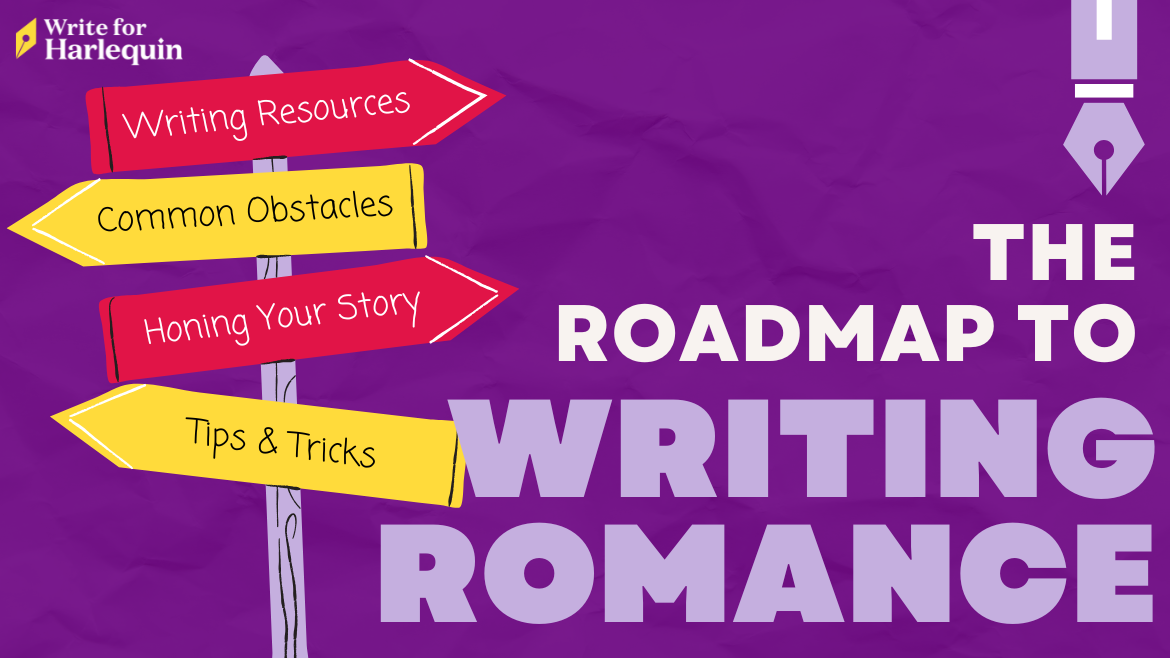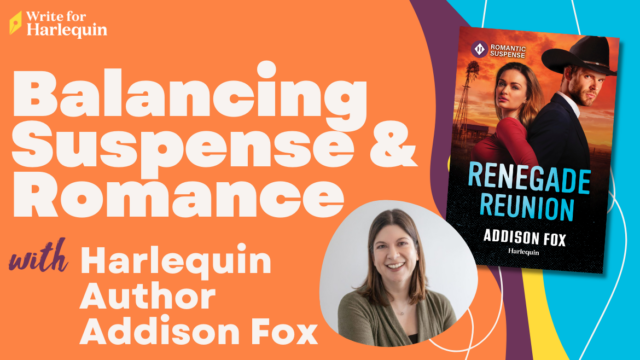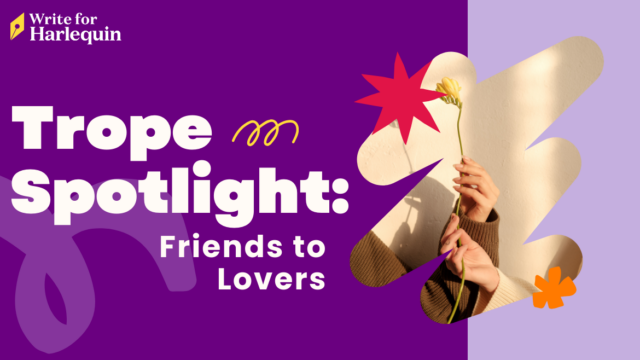
By Editor Caroline Timmings
So, you’ve done your research. You’ve planned out a novel. You’ve found the best Harlequin line to submit it to. You have plenty of resources in your arsenal for support while writing. But before you let the words fly, let’s talk about the 5 things a Harlequin romance novel cannot be without.
Tropes
A trope is a plot device or scenario that is seen over and over again in romances. They’ve been proven to not only work but enhance a story. They can be used to bring characters together, force them apart, develop tension and much more. Some examples are fake dating/marriage of convenience, grumpy/sunshine, office/workplace romance, surprise pregnancy, or age gap. Tropes are tried and true ways to engage readers and create characters and a storyline that jump off the page.
While tropes may, at first glance, seem to simply be cliches, their timelessness proves they are much more than that. Tropes reflect human experience, experiences we’ve all had in one way or another. I, unfortunately, have never been stranded on a remote tropical island after my singles cruise sank with all survivors banding together in a sort of Lord of the Flies situation (except sexy, and no murder…). I haven’t had a chance to bond with—and have crazy sexual tension with—a capable and supportive hero who saves me when our island Lord of the Flies situation inevitably goes south. BUT! I have been in uncomfortable social situations. I have bonded with people through adversity. I have had to make do and power through when life seemed impossible. Tropes speak to our reality through stories.
A Harlequin romance needs tropes like bread needs butter. They are both a method of escape and a way to forge connections. Make sure your story includes them! The more tropes you can layer into your story, the more it will speak to readers.
Central Love Story:
We’re writing romance people! I love a great cast of side characters as much as the next reader, but I’ve definitely read novels where a sidekick or neighbor outshines the hero, or heroine… or both! A central love story is what holds the book together. These are the characters we are most rooting for. We want to see that HEA! We want to wade through the angst to get there! A central love story is the epicenter of all threads of the story. It’s the linchpin, or, for my biology fans, it’s the mitochondria—the powerhouse of the romance.
A central love story is (generally) comprised of two main characters who overcome internal and external obstacles to find their happily ever after. A good central romance can manifest in so many different ways though. It could be a surly hero in Victorian England, forced to wed a wallflower and the story follows them learning to love each other. It could be a sunny, optimistic heroine who has found herself embroiled in the world of a motorcycle club and a hero who changes his philandering ways to be with her. The central love story of any romance is where you see tropes weaving together to develop your main characters.
Ultimately, though, a central love story is why readers invest in a romance novel. It’s what they came for. So we can’t disappoint them!
Conflict:
Of course, this can mean internal or external conflict. An internal conflict may be a hero’s reluctance to get married due to his own parents having a failed marriage. Or it may be a heroine who is afraid of pursuing her own family because she grew up in foster care and would be afraid to lose any family she created. An external conflict may be a hero’s jealous ex-girlfriend standing in the way of his newfound love. Or it may be a heroine’s controlling father.
The main difference between the two is that internal conflicts are wrought by the characters themselves and come out of insecurities, miscommunications and misunderstandings, and past trauma. The issue is, essentially, of their own making. They are in their own way. Whereas an external conflict can be wrought by a secondary character, an event in the past, a natural disaster, etc. Someone or something outside of themselves is in their way.
Conflict is necessary for any good romance. It increases the stakes, the tension, creates a sense of urgency, and always culminates in a fabulously satisfying resolution.
Compelling and Believable Characters:
Romances novels are character driven. Readers are invested in the relationships and individual lives of the characters they’re reading about. Romance also inspires, comforts, and reassures. So, we need to be sure to craft characters that are believable (but not boring) and compelling (but not unrealistic). A good character will leave readers feeling both empathy and sympathy. We will see ourselves in them and their experiences but will also be able to appreciate the character’s individual journey.
A compelling and believable character is different, though, depending on what subgenre of romance you’re writing. A billionaire hero / personal assistant heroine story is of course going to include a hero who seemingly can buy the world and accomplish anything at the drop of a hat. Conversely, a cowboy / small town romance will of course include horses and local gossip.
HEA (Happily Ever After):
Alright. This is what readers have come for. We’ve overcome an apocalypse. We’ve survived a battle with the rival MC. We’ve made our marriage of convenience work. And we found our happily ever after.
A happily ever after is the satisfying end point of a romance. It is the point at which a hero and heroine have overcome their internal and external conflicts and forged a way forward.
A good HEA will not leave any loose ends in the story, and it will open a window to the characters’ future. The threads of the story will all come together, and readers will glimpse the path the characters will now take (marriage, a baby, or just generally riding off into the sunset).
Happily ever afters weave together everything we’ve discussed so far—tropes, the central love story, conflicts, and engaging characters—and deliver the ending we’ve been building toward.
Make sure your romance includes one!
Follow the full roadmap:
#1: 5 Questions to Ask Yourself Before Starting Your Romance Novel




